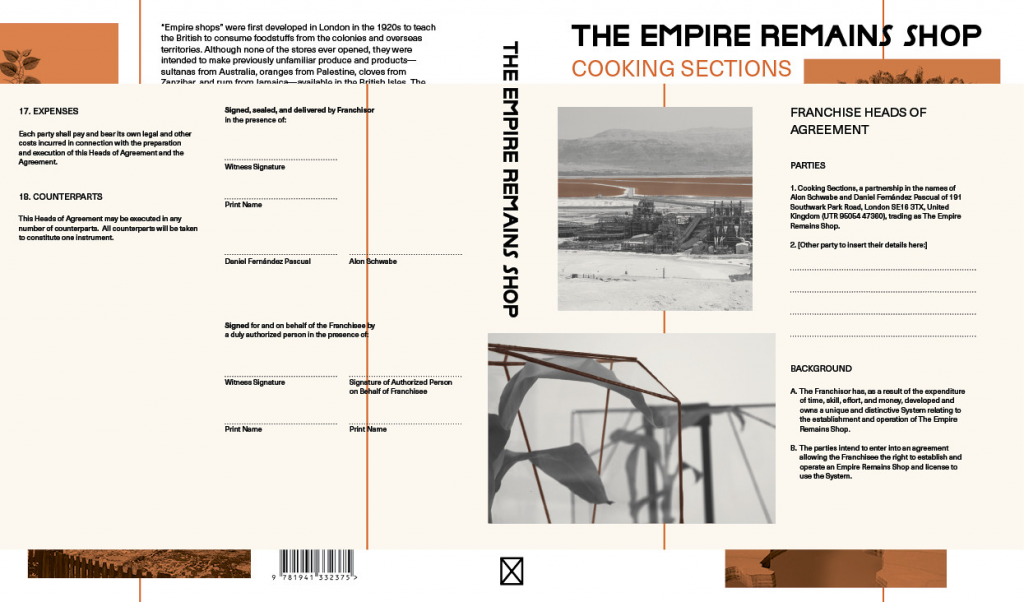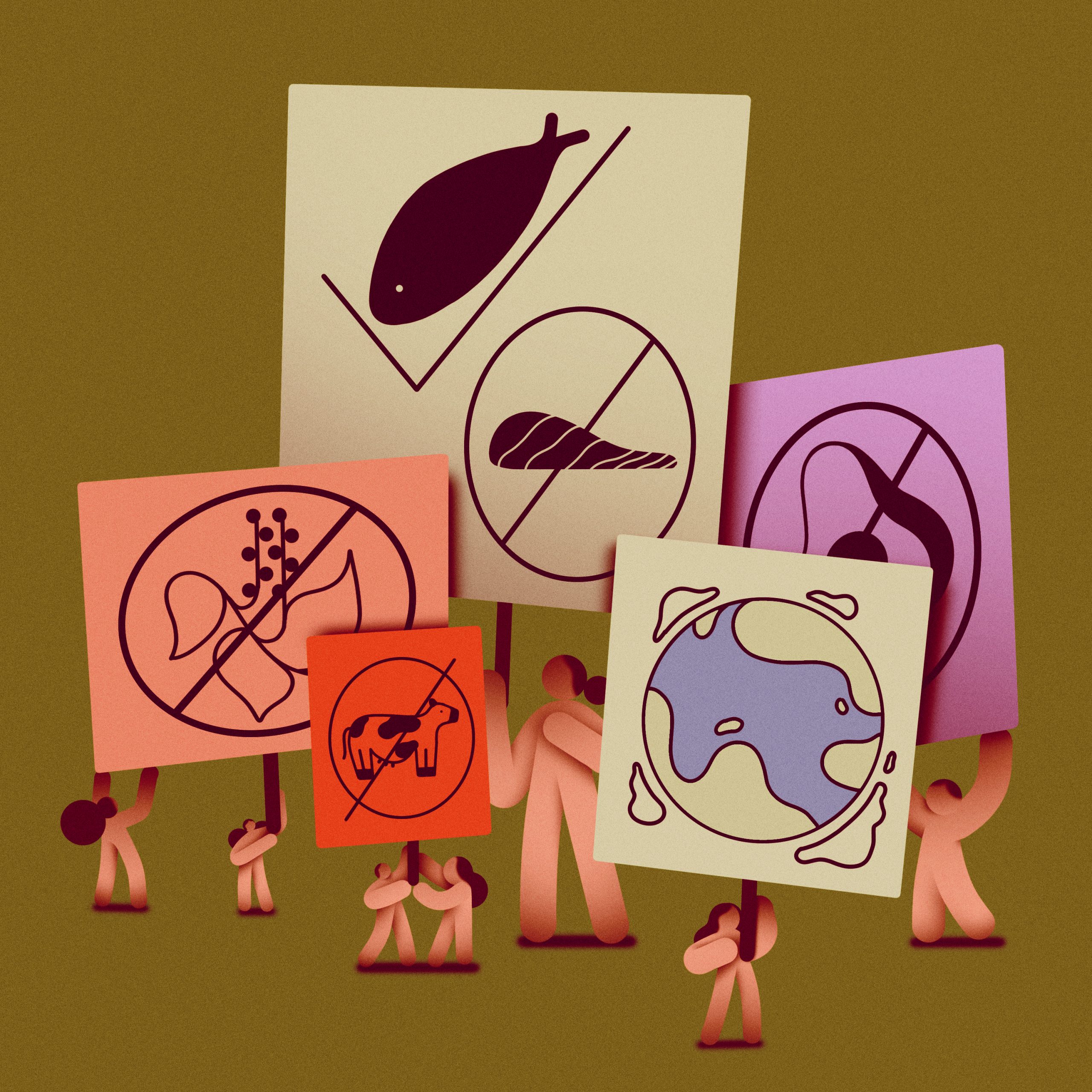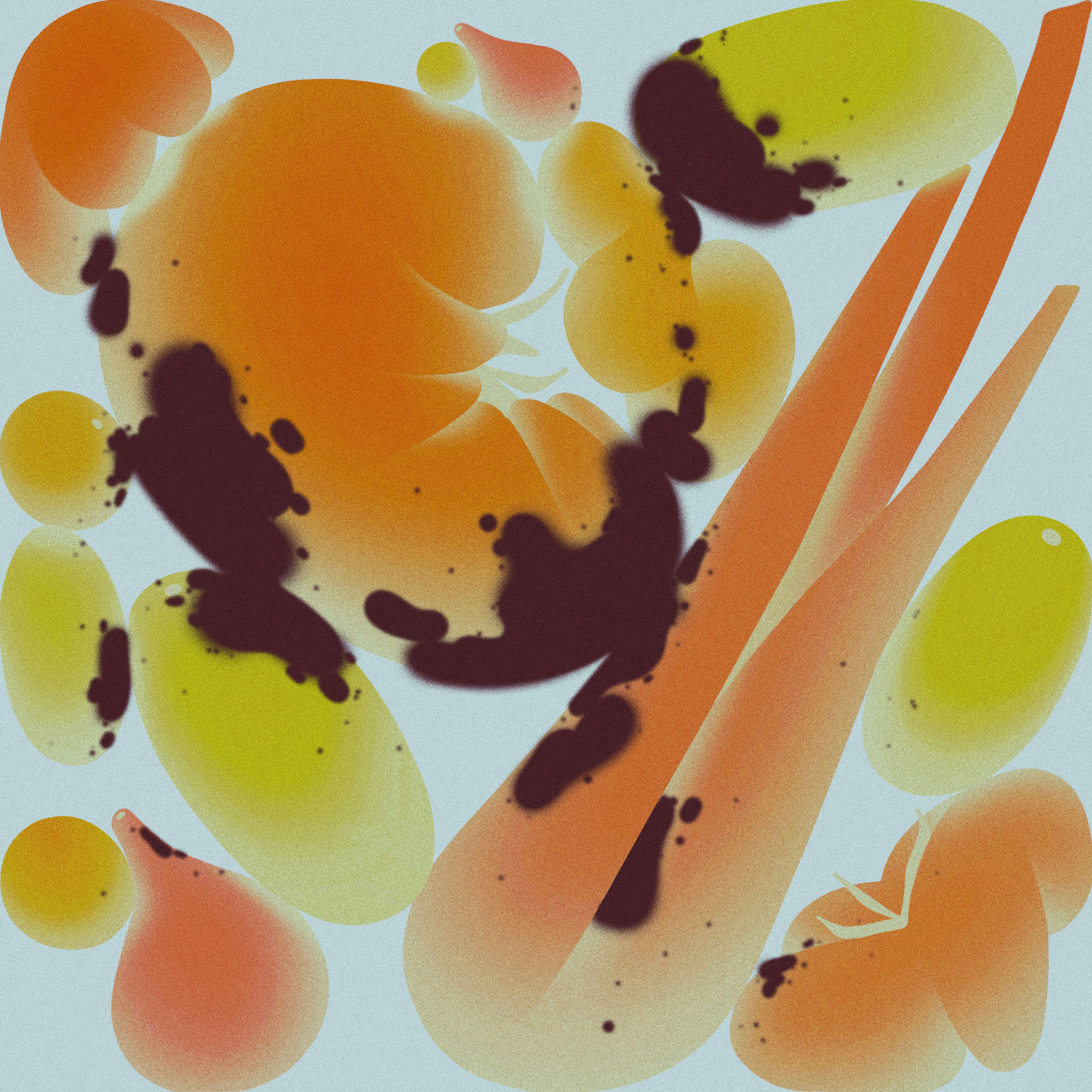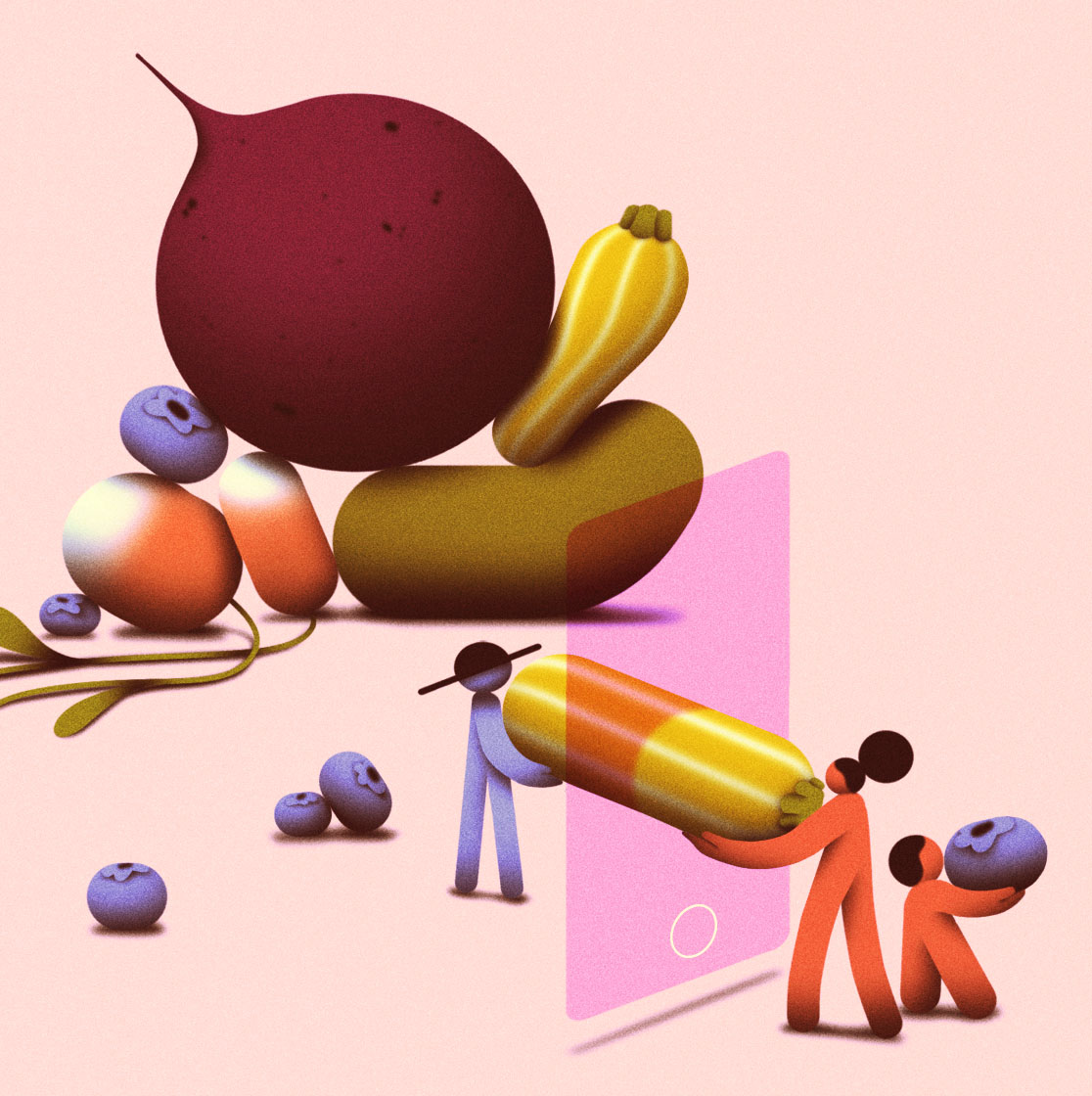Social Synergies investigates the social structures – both seen and unseen – that underpin food production and consumption
If you are conscious about it, what you eat is a political act. If you aren’t conscious about it, someone’s else’s politics have influenced what you are eating. Vegan, pescatarian (now taboo a la Seaspiracy), conscious carnivore, avocado abstainer, fair trade, you name it. Agriculture and ingredients are political: palm oil, corn, soy, coconuts. Each has its impact on biodiversity, climate, health, trade, economies, livelihoods.
Thinking outside of government structures, artists, designers, architects and other creatives are equally engaged in the politics of food. Art has long been a friend to social enquiry and paths to social justice in many contexts, both food and non-food. The Futurist Cookbook (1930) for example was an early intervention into food-as-tool to address politics (despite dubious Fascist leanings). Although intentionally humorous, the author Filippo Marinetti’s recipes, suggested dinners, actions and metaphors were created to address political and social change, especially in the context of the Depression at the time. Fast forward to the 21st century, and the long-established Conflict Kitchen in Pittsburgh for example, highlights areas the USA is in conflict with by serving meals themed on the places the armies occupy.
More recently, Daniel Fernández Pascual and Alon Schwabe of Cooking Sections have used food and its intrinsic web of concerned parties to examine the systems behind food production, consumption, and its wider impact on climate. Through the lens of a rigorous research practice, the 2021 Turner Prize nominees engage in a dialogue with the people, structures, and environments that are interwoven into food and geopolitics. Their methodology digs deeper into the social systems surrounding food, with an understanding that food is a tool— one that gives immediate access to emotion, time, place, space, and direct connection to nature. Often their work takes the form of direct experience, from hosting lunches in intertidal estuaries to highlighting pollutant fishing practices. Cooking Sections uses food as a medium to magnify issues of food’s wider impact on climate, biodiversity, and ecology.
In their ongoing, collaborative series of projects titled Climavore (est. 2015), Pascual and Schwabe consider the impact of what we eat on the climate overall, rather than necessarily a particular food group or local economy, though these aspects are intertwined. They say, “Unlike carnivore, omnivore, locavore, vegetarian or vegan, CLIMAVORE is not only about the origin of ingredients, but also about the agency that those ingredients have in providing responses to human-induced climatic events.”As an alternative to veganism or other diet-related politics, Climavore suggests a way of eating that can have direct effects on these systems, especially if taken up collectively. These food and climate ecosystems are highlighted through research and collaboration with scientists, researchers, politicians and even local chefs. For example one of their Climavore projects encourages eating drought resistant crops during times of water scarcity, and creating microclimates where these crops can thrive (the alternative being to strain or empty an exhausted water reserve). Generally, the Climavore approach considers a holistic way of producing and consuming.
Further work in the Climavore series probes the myriad realities that underpin the shared imagination of what food is and what it ought to look like. The project, Salmon: A Red Herring is an intervention that asks eaters to reconsider the choices we make on the plate. Accompanied by an exhibit at Tate Britain and publication, the project examined colours we expect out of nature, zooming in on farmed salmon. Farmed salmon flesh is grey due to a lack of natural prey in their diet that give the salmon their typical bright hue. This grey colour has led to an industry of dyed salmon feed, different shades of which can be ordered from suppliers through a catalogue that looks like a Pantone colour book. As a result, the project led Tate Gallery (UK) to agree to exclude the use of salmon in their restaurants, replacing them with new dishes that support regenerative aquaculture.


A particularly poignant exposé of deeply rooted food-political issues was their Empire Remains Shop, which revisited colonialism in the context of food, particularly in the history of the United Kingdom. This installation centres on ‘Empire Shops’, a speculative idea from 1920s Britain that encouraged the consumption of products from British Colonies. Part of this project included a Christmas Pudding performance which calls attention to the ingredients gleaned from colonialism, made up into the traditional festive dessert. Their wide-ranging investigation considers the future of a ‘postcolonial planet’, where and how food is acquired and distributed, and for whom. The project lives on online, where a live record of commodity prices (oil, wheat, coffee, palm oil) and projections of temperatures and rainfall for former and current British colonies in the future (2081-2100) is regularly updated.

One of the investigations Cooking Sections undertook while researching the Empire Remains Shop, was a look at the so-called ‘invasive’ species of Japanese Knotweed in the United Kingdom. The plant has become a weapon of destruction in real estate. Its detection is used as a weapon and threat to people’s property values. Cooking Sections created The Devaluing Property Real Estate Agency, to highlight how this organic being has been turned into a scapegoat and fear-mongering property-destroying plant. Serving Japanese knotweed ice cream – which has a pleasant rhubarb flavour – the duo used the edible plant to provide a moment for discussion and debate, highlighting the stigma and politics surrounding the “invasive” plant.


With wildfires burning across the world, international disparity on food policy, there are a lot of political bugs to pick and fix. As for the wider impact of Cooking Sections work, by peering at our present issues through the lens of Climavores we can reconsider and influence the web of food systems by the choices we make in what we eat. As daily news comes in of climate disasters, it is clear that being vegan or pescatarian may not be enough or even the best way to eat — considering oneself as a Climavore may serve us better in creating the lasting impact we want for our planet.





